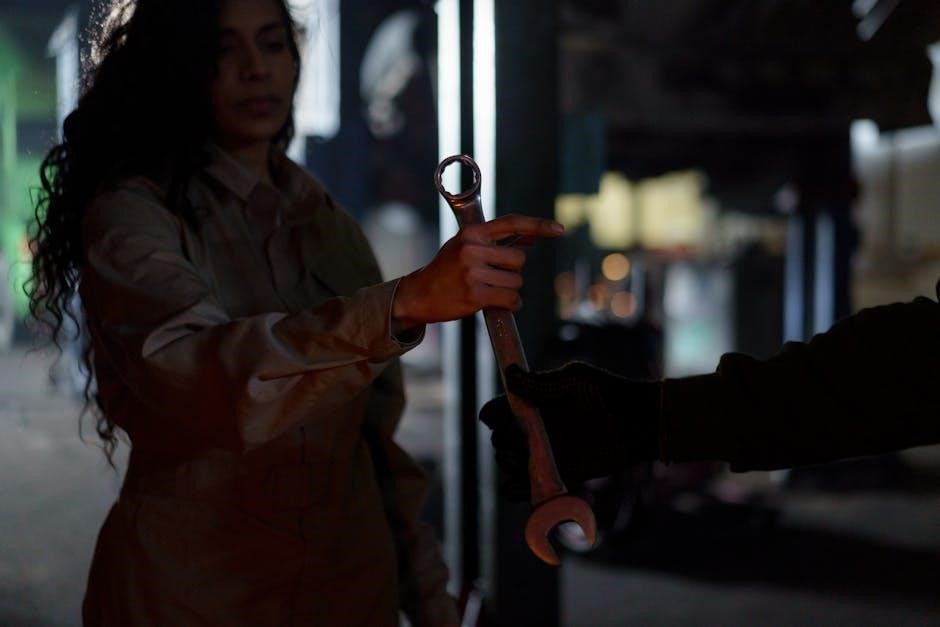Auto to Manual Conversion Kit: A Comprehensive Guide
Embark on an exciting journey into the world of automotive modification with our comprehensive guide to auto to manual conversion kits. This guide provides insights, costs, and considerations for those contemplating swapping their automatic transmission for a manual one. Let’s shift gears and explore the world of manual conversions!
For automotive enthusiasts seeking greater control and engagement with their vehicle, an auto to manual conversion kit presents an enticing option. These kits provide the necessary components to transform a car originally equipped with an automatic transmission into a manual one, offering a more direct and connected driving experience. The appeal lies in the enhanced driver involvement, improved performance in some cases, and the sheer satisfaction of mastering the art of manual shifting.
However, undertaking such a conversion is a significant project that requires careful planning, mechanical skill, and a thorough understanding of the components involved. The availability and complexity of conversion kits vary depending on the vehicle’s make and model, with some cars being easier to convert than others. Factors such as the availability of compatible parts and the complexity of the original transmission system play a crucial role in determining the feasibility and cost of the conversion.
Before diving into a conversion, it’s essential to weigh the pros and cons, assess your mechanical abilities, and research the specific requirements for your vehicle. This guide will provide a comprehensive overview of auto to manual conversion kits, helping you make an informed decision about whether this modification is right for you.
Understanding the Differences Between Automatic and Manual Transmissions
To truly appreciate the impact of an auto to manual conversion, it’s crucial to understand the fundamental differences between automatic and manual transmissions. An automatic transmission handles gear changes autonomously, using a torque converter and a complex system of planetary gears to select the appropriate gear ratio based on speed and load. This provides convenience and ease of use, especially in heavy traffic;
In contrast, a manual transmission requires the driver to manually select gears using a clutch pedal and a gear shift lever. This provides a more direct connection between the engine and the wheels, allowing for greater control over the engine’s power output. Manual transmissions typically offer better fuel economy and acceleration compared to automatics, although modern automatic transmissions are closing the gap.
The key difference lies in the level of driver involvement. Automatic transmissions prioritize convenience, while manual transmissions emphasize control and engagement. Converting from an automatic to a manual transmission fundamentally alters the driving experience, requiring the driver to actively participate in the gear selection process. This conversion involves replacing various components and significantly changing how the vehicle operates.
Factors Influencing the Cost of Conversion
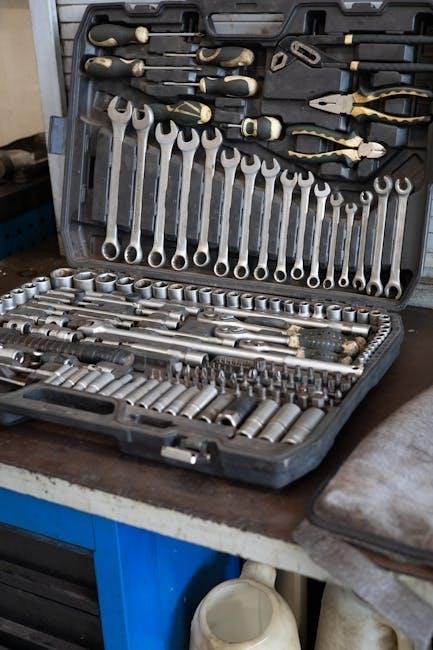
The cost of an auto to manual transmission conversion can vary significantly, influenced by several key factors. The vehicle’s make and model play a crucial role, as some vehicles are inherently easier to convert due to the availability of parts and the design of the original transmission system. A common car like a Honda Civic, for example, will likely cost less to convert than a rarer or more complex vehicle.
The type of manual transmission chosen also impacts the cost. Options range from readily available used transmissions to high-performance aftermarket units like the Tremec TKO or Magnum series. The condition of the donor transmission is another critical factor. A freshly rebuilt transmission will cost more upfront but can save on potential repairs down the line.
Labor costs are another significant consideration. DIY installations can save money but require significant mechanical expertise and specialized tools. Professional installation by a qualified mechanic can ensure proper installation and functionality but will add to the overall cost. The complexity of the conversion process, including any necessary modifications to the car’s chassis or electrical system, can also influence labor expenses. Finally, don’t forget additional parts like the clutch kit and flywheel.
Cost Breakdown: Parts and Labor
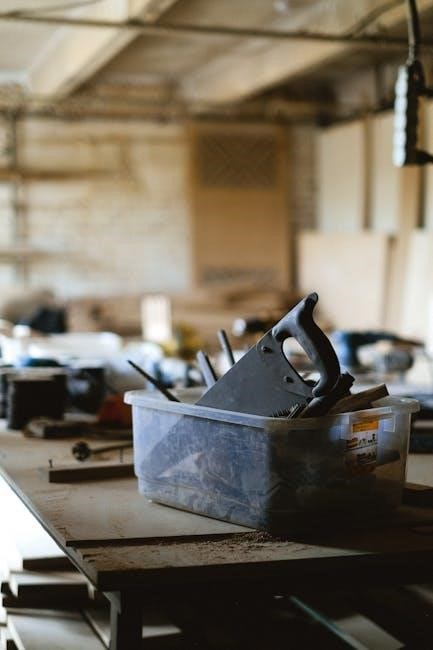
Understanding the cost breakdown of an auto to manual conversion is crucial for budgeting and planning. Parts typically constitute a significant portion of the overall expense. A manual transmission itself, whether new or used, can range from $1,000 to $3,000 or more. The conversion kit, including essential components like the clutch, flywheel, pedals, and linkages, can add another $500 to $1,500.
Additional parts, such as a new driveshaft, shifter, and miscellaneous hardware, can contribute another $200 to $500. Don’t forget fluids and consumables like transmission oil and thread locker. Labor costs can vary widely depending on the mechanic’s hourly rate and the complexity of the job. A straightforward conversion might take 20-30 hours, while more complex projects could require 40 hours or more.
At a rate of $75 to $150 per hour, labor costs can easily range from $1,500 to $5,000. DIY installations can eliminate labor costs but require significant time, expertise, and tools. It’s essential to factor in potential unexpected expenses, such as damaged parts or unforeseen complications. A detailed estimate from a reputable mechanic can help to avoid surprises and ensure a smooth conversion process.
Essential Components of a Conversion Kit
An auto to manual conversion kit is more than just a transmission; it’s a collection of vital components ensuring seamless integration. The manual transmission itself is the centerpiece, dictating gear ratios and driving experience. A clutch kit, comprising the clutch disc, pressure plate, and throw-out bearing, is essential for engaging and disengaging the engine from the transmission.
The flywheel, which connects to the engine’s crankshaft, provides a surface for the clutch to grip. Manual pedal assembly replaces the automatic brake pedal, adding a clutch pedal for driver control. Linkage cables or rods connect the pedals to the transmission, enabling gear changes. A shifter mechanism allows the driver to select gears manually.
The transmission mount secures the manual transmission to the vehicle’s chassis. A driveshaft, potentially needing modification or replacement, transmits power from the transmission to the rear differential. The kit should also include all necessary hardware: bolts, nuts, and washers for secure installation. Some kits contain a new center console specific to manual transmissions and wiring harnesses for reverse lights and neutral safety switches.
Popular Conversion Kit Options
When exploring auto to manual conversion kits, several popular options cater to diverse vehicles and performance goals. For GM enthusiasts, Hurst Driveline Conversions offers ELITE TKO kits, including a Tremec TKO transmission known for its durability. These kits often feature all necessary components for a smooth swap.
TREMEC also offers various transmission options like the TKX 5-speed and Magnum 6-speed, suitable for different power levels and driving styles. These transmissions are often paired with specific bellhousings and clutch kits. For Ford vehicles, options range from readily available junkyard parts for older models to complete conversion kits from aftermarket suppliers.
NV4500 manual transmission conversion kits are popular for Dodge pickups, especially those with Cummins engines. These kits are designed for heavy-duty applications. Some kits cater to specific models like the Ford Focus, offering a cost-effective solution using MTX75 manual transmissions. When selecting a kit, consider transmission strength, gear ratios, and compatibility with your vehicle.
Step-by-Step Guide to the Conversion Process
Converting from an automatic to a manual transmission is intricate. Start by gathering all necessary parts: the manual transmission, clutch kit, flywheel, pedal assembly, and any model-specific conversion components. Disconnect the battery and remove the automatic transmission, torque converter, and related components. Install the new flywheel and clutch assembly, ensuring proper alignment.
Next, mount the manual transmission and connect the shifter linkage. Install the manual pedal assembly, including the clutch master cylinder and hydraulic lines. Modify or replace the transmission tunnel as needed to accommodate the shifter. Connect the driveshaft, ensuring correct length and alignment.
Wire the reverse lights and neutral safety switch. Refill the transmission with the correct fluid. Bleed the clutch hydraulic system. Finally, test the system. Start the engine and check for smooth shifting through all gears. Address any issues like leaks or unusual noises before finalizing the installation. This process often requires specialized tools and a thorough understanding of automotive mechanics.
DIY vs. Professional Installation
Choosing between DIY and professional installation for an auto-to-manual conversion is a critical decision, deeply impacting the project’s success and overall cost. DIY installation appeals to mechanically inclined individuals with experience in automotive repair. It offers significant cost savings on labor, allowing for a deeper understanding of the vehicle’s mechanics. However, it demands a comprehensive toolset, a dedicated workspace, and considerable time investment.
Professional installation, conversely, involves entrusting the conversion to experienced mechanics. This ensures correct installation, access to specialized tools, and expertise in troubleshooting potential issues. While the labor costs are higher, the peace of mind from a guaranteed service and reduced risk of errors can be invaluable.
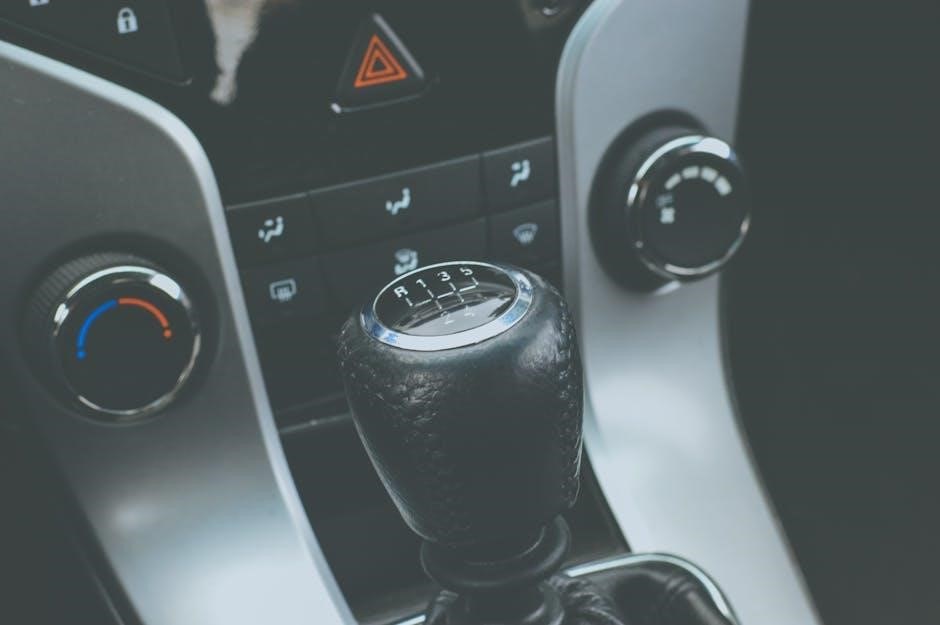
Consider your skill level, available resources, and the complexity of the conversion. If unsure, professional installation is often the wiser choice. This ensures the conversion is performed safely and effectively, safeguarding your investment and vehicle’s performance. A mistake is more costly than you think!
Potential Challenges and Solutions
Undertaking an auto-to-manual conversion presents a unique set of challenges, demanding careful planning and problem-solving skills. One common hurdle is sourcing compatible parts, especially for older or less common vehicles. Solutions involve extensive research, utilizing online forums, and consulting with specialized parts suppliers to locate the necessary components. Ensuring parts compatibility is crucial for a seamless conversion.
Another challenge lies in the complexity of the installation process. Modifications to the vehicle’s wiring, chassis, and potentially the ECU may be necessary. Thoroughly understanding the wiring diagrams, having access to proper tools, and seeking guidance from experienced mechanics can mitigate these difficulties.
Furthermore, unforeseen issues can arise during the conversion, such as stripped bolts, damaged components, or unexpected compatibility problems. Having a contingency plan, including a budget for unexpected expenses and access to a knowledgeable mechanic, is essential. Patience, meticulousness, and a proactive approach are key to overcoming these challenges and achieving a successful auto-to-manual conversion. Don’t be afraid to ask for help!
Performance and Driving Experience After Conversion
The transformation from an automatic to a manual transmission can dramatically alter the performance and driving experience of a vehicle. Drivers often report a more engaging and connected feel, with greater control over gear selection and engine RPMs. This enhanced control translates to improved acceleration and responsiveness, particularly in situations where precise gear changes are beneficial.
Manual transmissions offer a more direct connection between the engine and the wheels, leading to a more visceral driving experience. Drivers can optimize fuel efficiency by selecting the appropriate gear for the driving conditions. The added level of driver involvement fosters a deeper appreciation for the mechanics of the vehicle.
However, the conversion can also introduce new considerations. The need to manually shift gears requires greater driver attention and coordination, which may not be ideal for all drivers or driving conditions. Furthermore, the overall driving experience can be heavily influenced by the specific manual transmission chosen, the gear ratios, and the driver’s skill. Therefore, careful research and planning are crucial for achieving the desired performance and driving experience after the conversion.
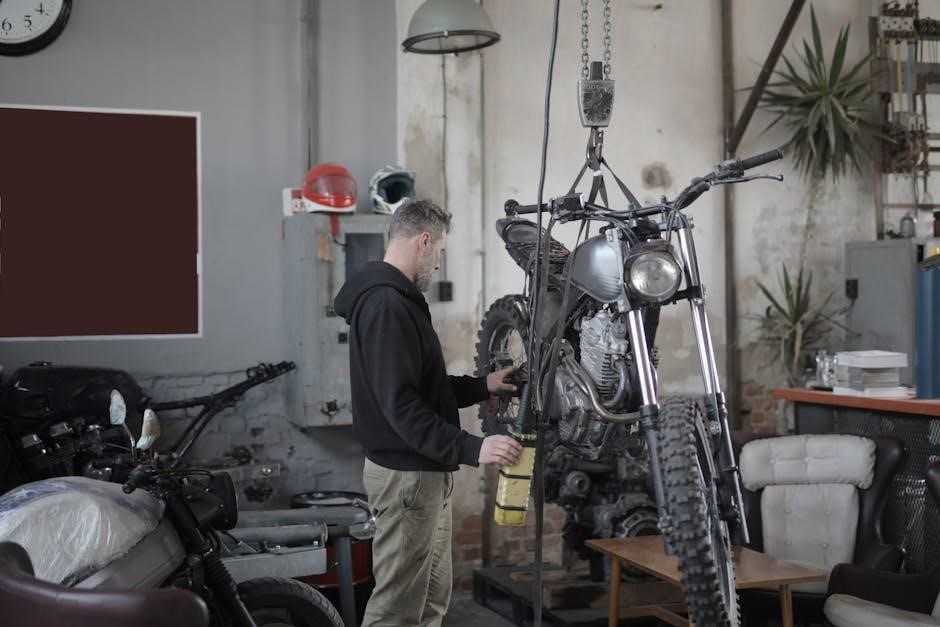
Is an Auto to Manual Conversion Right for You?
Deciding whether an auto to manual conversion is the right choice involves careful consideration of several factors. Evaluate your driving preferences and mechanical skills. If you enjoy a more engaging and hands-on driving experience, a manual transmission might be appealing. However, if you prioritize convenience and ease of use, sticking with an automatic might be more suitable.
Assess the cost and complexity of the conversion. Conversions can range from relatively straightforward to highly complex, depending on the vehicle and the availability of parts. The cost can also vary significantly, so it’s essential to research the potential expenses and factor them into your decision.
Consider the potential impact on your vehicle’s value and reliability. While a manual conversion might enhance the driving experience, it could also affect the resale value of your car. Ensure the conversion is performed correctly to avoid any mechanical issues. Ultimately, the decision to convert from auto to manual should be based on a careful assessment of your individual needs, preferences, and resources.
